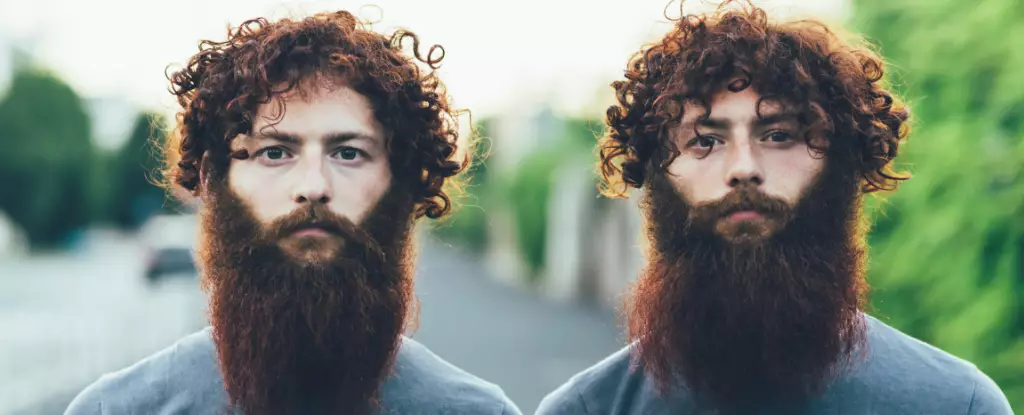Hair and nails have been intrinsically linked to human identity throughout history, acting as indicators of our social status and personal care. The COVID-19 pandemic shed light on just how much we appreciate grooming services; many found their own DIY attempts at haircuts amusing yet revealing. Celebrity anecdotes, such as Taylor Swift’s self-haircut, highlighted a unique relationship many have with their hair and nails. But what occurs if we set aside our styling tools? Do these features continue to flourish ungoverned? The answer lies in understanding hair and nail physiology, as well as the cultural perceptions of grooming.
Hair grows at an average rate of about one centimeter per month, while nails typically grow slightly slower at over three millimeters. Left unattended, hair and nails can accumulate impressive lengths, exemplified by record holders like Aliia Nasyrova, who boasts locks spanning over 257 centimeters, and Diana Armstrong, whose fingernails extend beyond 1,300 centimeters. Nevertheless, while these extremes capture attention, most people maintain regular grooming rituals, with varying frequencies across the population.
The structure of hair and nails reveals their composition—notably keratin, a robust protein. Both grow from matrix cells beneath the skin, undergoing unique patterns of cell division. Nail growth results from cells dividing in the matrix located at the nail’s base, pushing older cells forward and sliding them along the nail bed. In contrast, hair emerges from matrix cells and is enveloped by the hair follicle, which contains nerves and oil glands that keep hair nourished and lubricated.
Understanding hair health involves knowing the intricate mechanisms of hair follicles. Each follicle operates on a growth cycle characterized by four primary phases: anagen (growth), catagen (transition), telogen (resting), and exogen (shedding). Remarkably, at any moment, only a fraction of our hair shafts leads active growth while others rest, allowing us to avoid significant baldness. Genetics plays a critical role in hair characteristics, as genetic factors influence growth rates within families, making some individuals more predisposed to faster hair growth than others.
Aside from genetics, various factors influence the speed at which our hair and nails grow. Age, for instance, significantly impacts this growth cycle. Younger individuals typically enjoy faster growth rates, while aging causes metabolic slowdowns that translate into reduced hair and nail vitality. The presence of hormones adds another layer of complexity; during pregnancy, many women appear to enjoy accelerated growth due to the hormonal surge, whereas menopause can have the opposite effect.
Nutrition greatly influences the health and growth rate of hair and nails. Both are largely made of keratin but also rely on additional nutrients, such as water, fats, and minerals, to maintain their integrity. Deficiencies in vital nutrients like iron and zinc correlate with hair loss and brittle nails, which further supports the notion that strong, vibrant hair and nails represent health and, hence, societal status.
Despite numerous cultural beliefs surrounding hair and nail growth, particularly those aligned with myths about vampires, the reality diverges significantly. Post-mortem changes lead to a natural dehydration process that causes the skin to recede, making hair and nails appear longer. In truth, no growth occurs—morticians combat this illusion, often utilizing tissue fillers to make fingertips appear more natural.
In the end, the interplay between hair and nails, identity, and social perception reveals a compelling narrative. From symbolizing health to marking our social standing, our grooming practices hold weight far beyond mere aesthetics. The pandemic’s isolation brought our grooming routines to the forefront, sparking many to reflect on what their hair and nails convey about them. Thus, maintaining their health and appearance becomes a continuous journey tied to self-identity.
As society progresses and perceptions evolve, hair and nails will undoubtedly retain their status as more than biological features—they represent individuality and societal context woven through the fabric of our lives. Whether maintained in lengths of beauty or allowed to grow wild, they remain testaments to the relentless cycle of growth, change, and self-expression.

